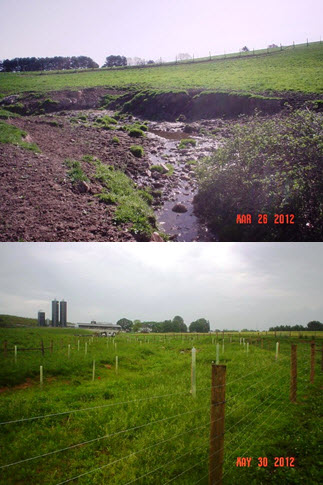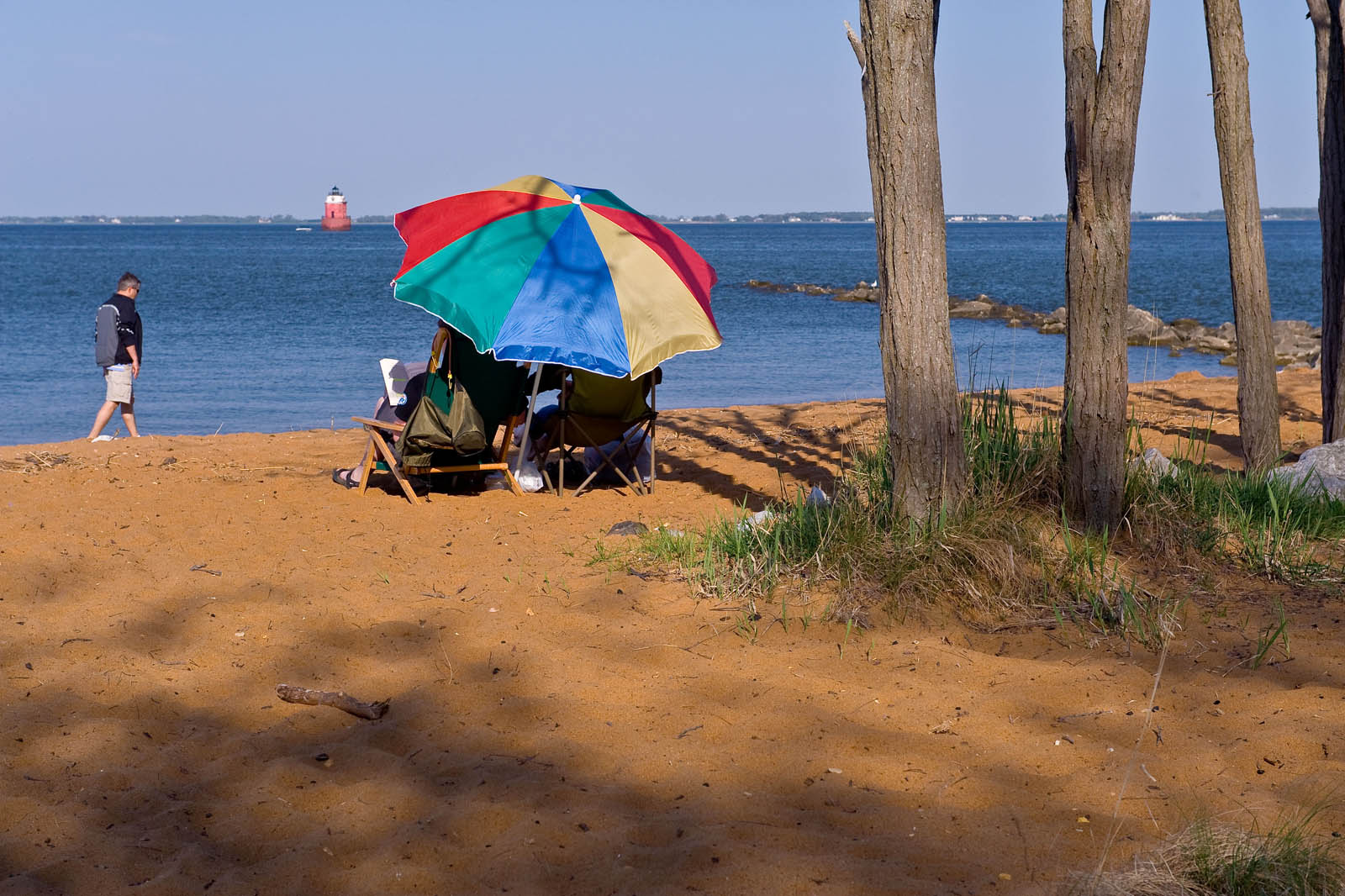Powerful Partnerships
By Walter Higgins
This blog, the second of two Healthy Waters blogs this week, focuses on energy efficiency to reduce carbon pollution, a driver of climate change.
The power of partnerships means making the whole greater than the sum of its parts. When it comes to adapting to a changing climate and slowing the changes already underway, we’ve found that partnerships provide one of the best tools we have.
EPA has partnered with the Delaware Department of Natural Resources and Environmental Control (DNREC) and Delaware Health and Social Services (DHSS) and other partners to assist water and wastewater treatment plants, and the communities they serve, save energy and money.
These facilities use a lot of energy to treat and move drinking water and wastewater, and they are typically the largest energy consumers for municipal governments, accounting for 30 percent of all the energy they consumes. Energy efficiency and renewable energy from these facilities also cuts carbon pollution as outlined in EPA’s Clean Power Plan.
Over the past year, the Delaware Water/Wastewater Energy Efficiency Partnership has conducted energy assessments of drinking water and wastewater treatment facilities. These energy assessments have helped operators and managers better understand energy usage at their plants, and identified low- or even no-cost options for achieving reductions. The partnership has shared these energy-saving practices with a wider audience through workshops for plant operators and managers.
The assessments have also generated a list of potential energy-saving projects offering serious savings, but with a higher initial price tag. Where can utilities find money to fund these projects? The partnership will offer a free workshop focused on funding energy efficient projects at water utilities on September 30. This workshop is a great opportunity for town managers in and around Middletown, Delaware, to hear about financing options for energy efficiency at water and wastewater utilities.
We hope our partnership with Delaware agencies inspires similar partnerships in other parts of the mid-Atlantic region and across the country. These types of energy efficiency projects at water and wastewater utilities have demonstrated undeniable environmental, economic and public benefits and provide fundamental investments in a more sustainable way of life.
About the author: Walter Higgins has been with EPA since 2010, working in the Water Protection Division on grants that fund water quality and drinking water projects. He also works with water and wastewater facilities on energy efficiency. Walter recently earned his Pennsylvania certification as a wastewater operator.









